We design a brand-new economic model to capture the complexity effects induced by the #COVID19 pandemic, and look for a sweet spot between economic boost and epidemic risk while reopening the economy.
A thread 👇 1/N
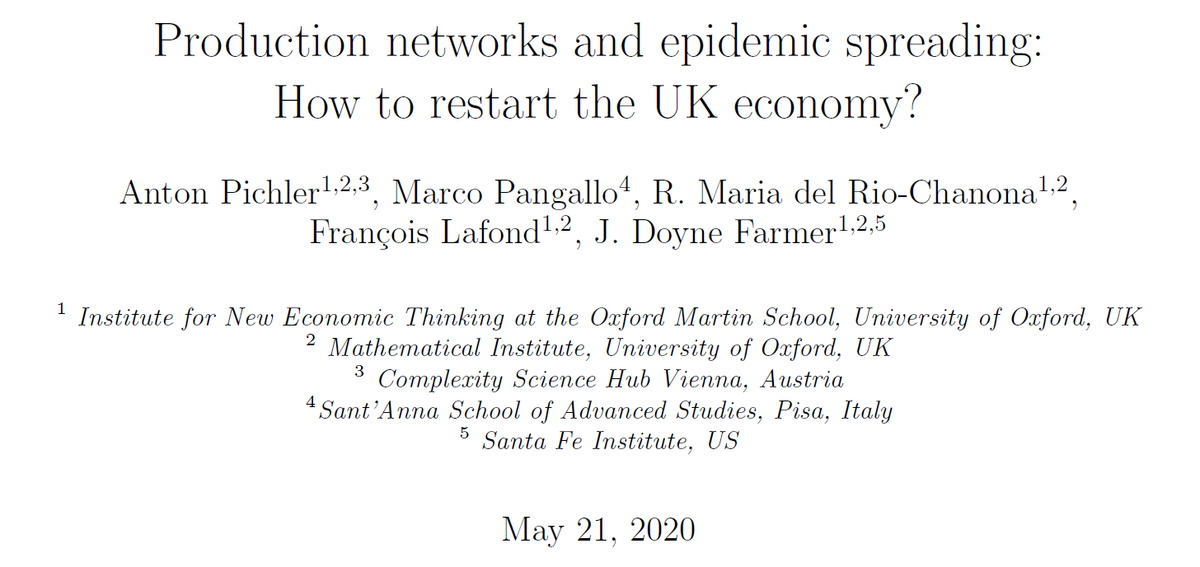
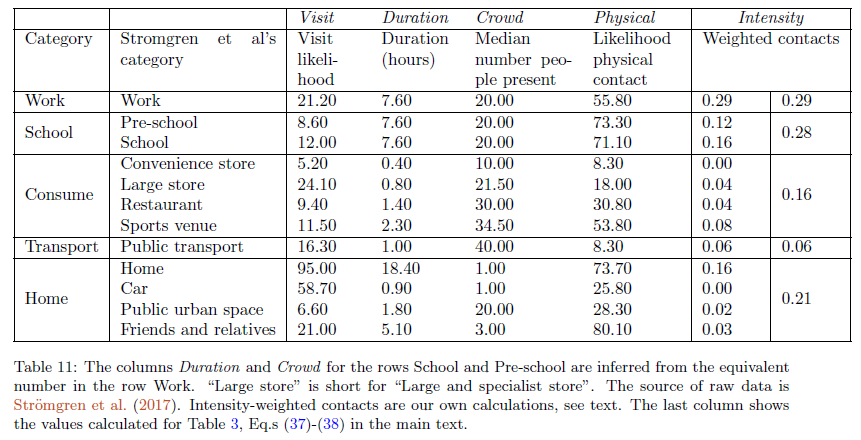
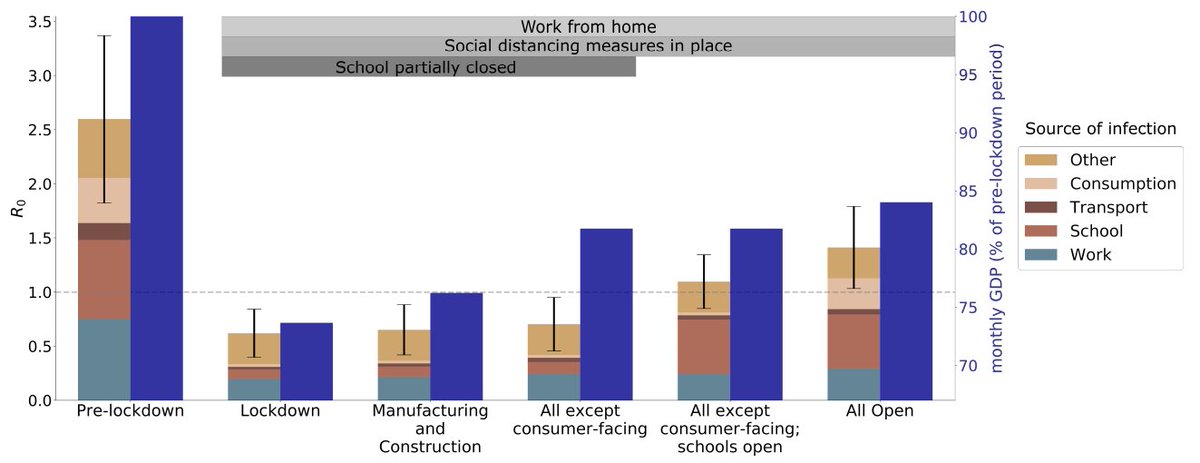
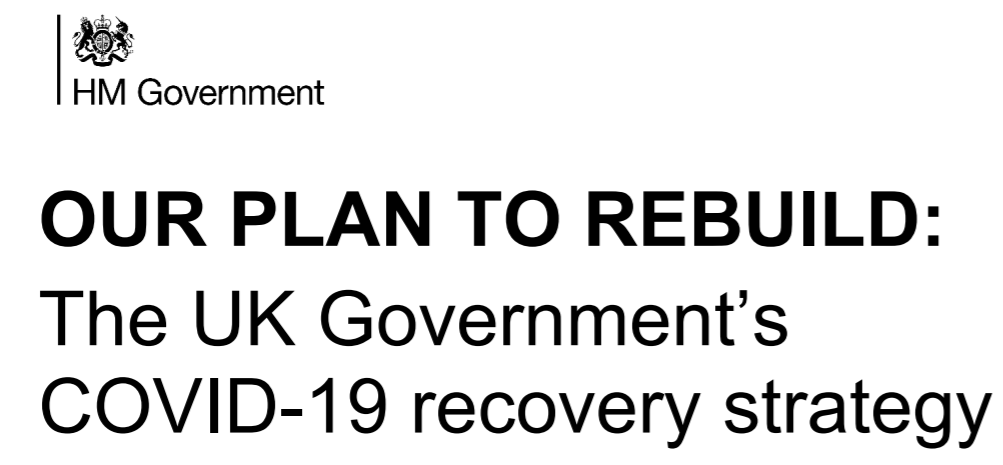
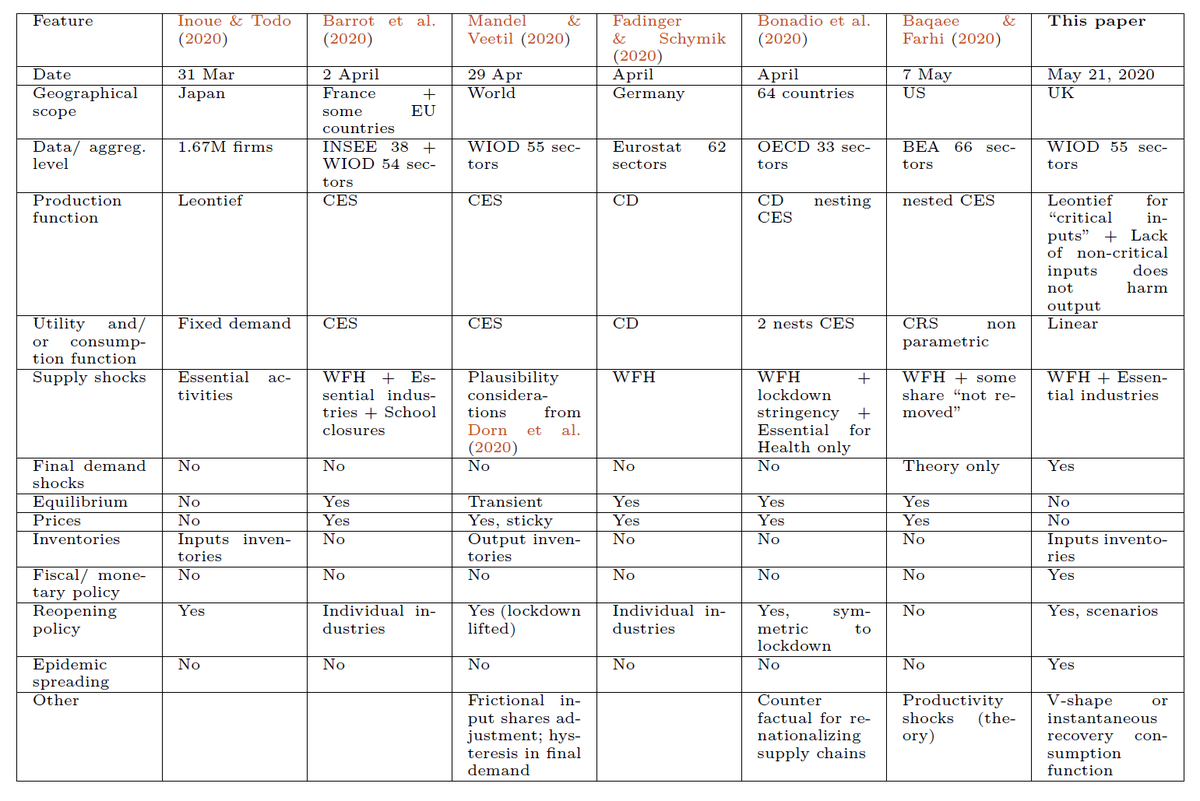
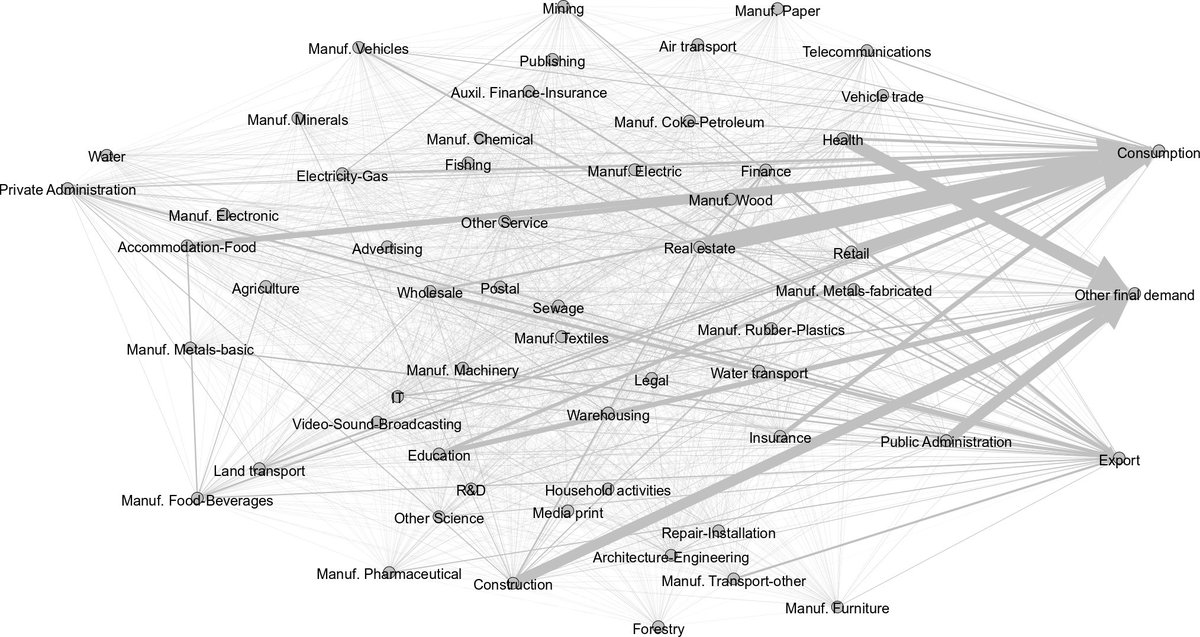
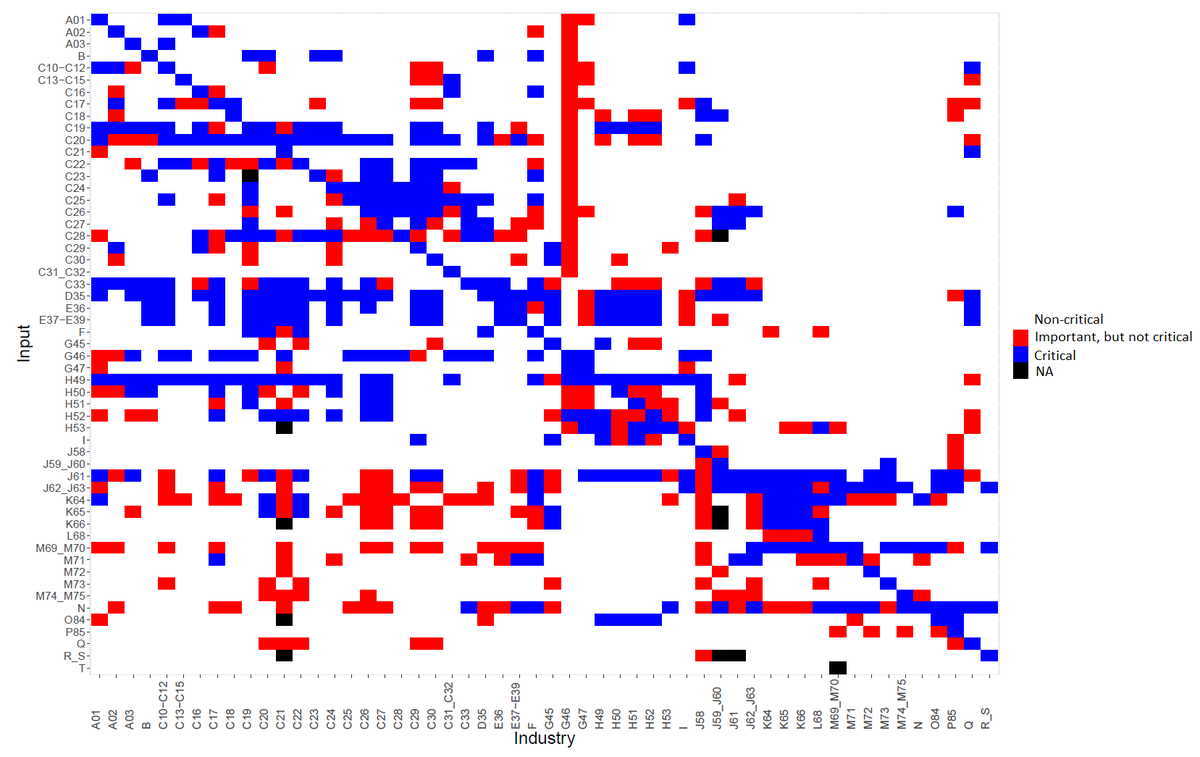
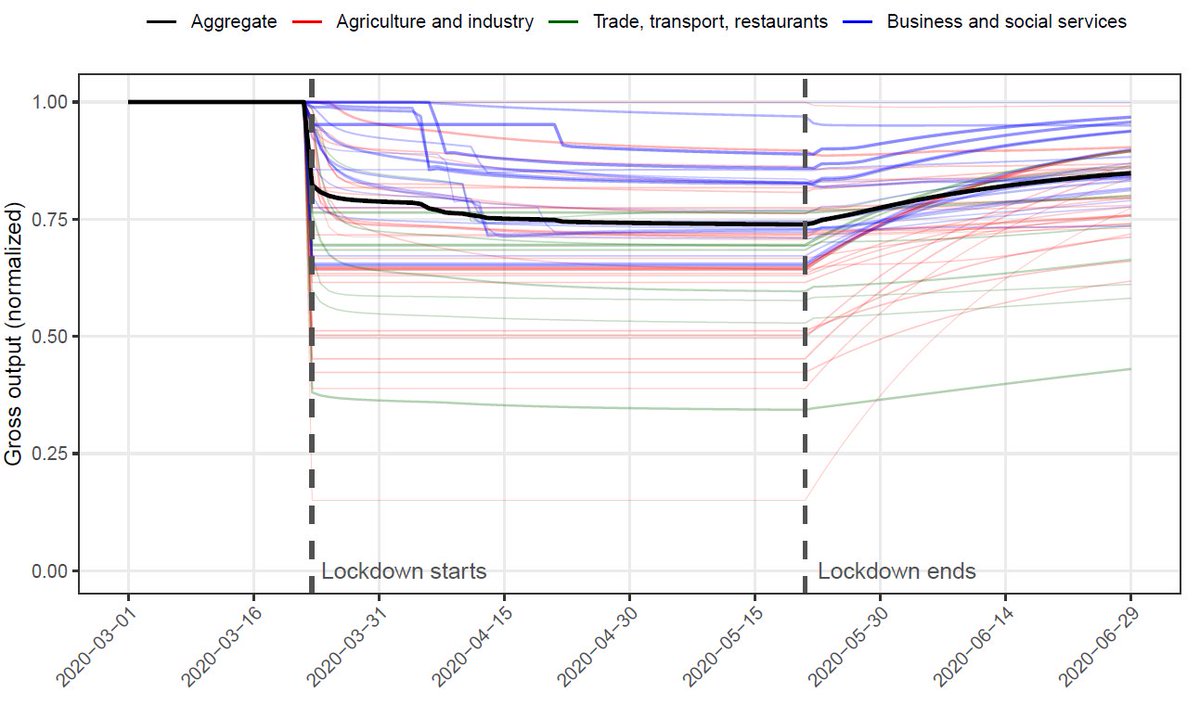
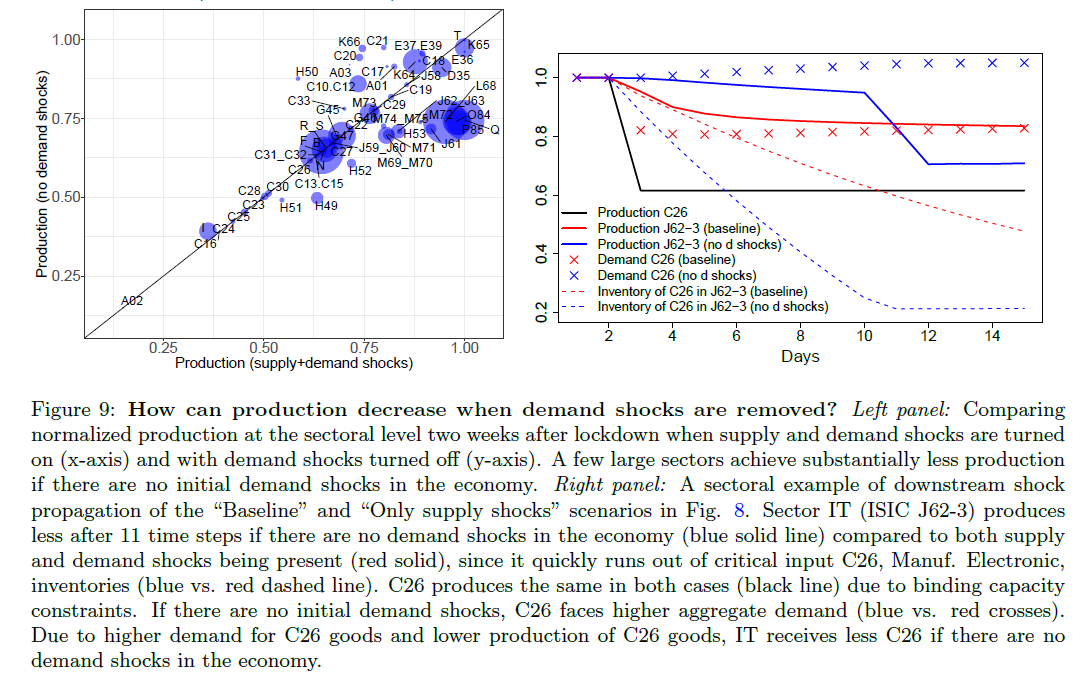
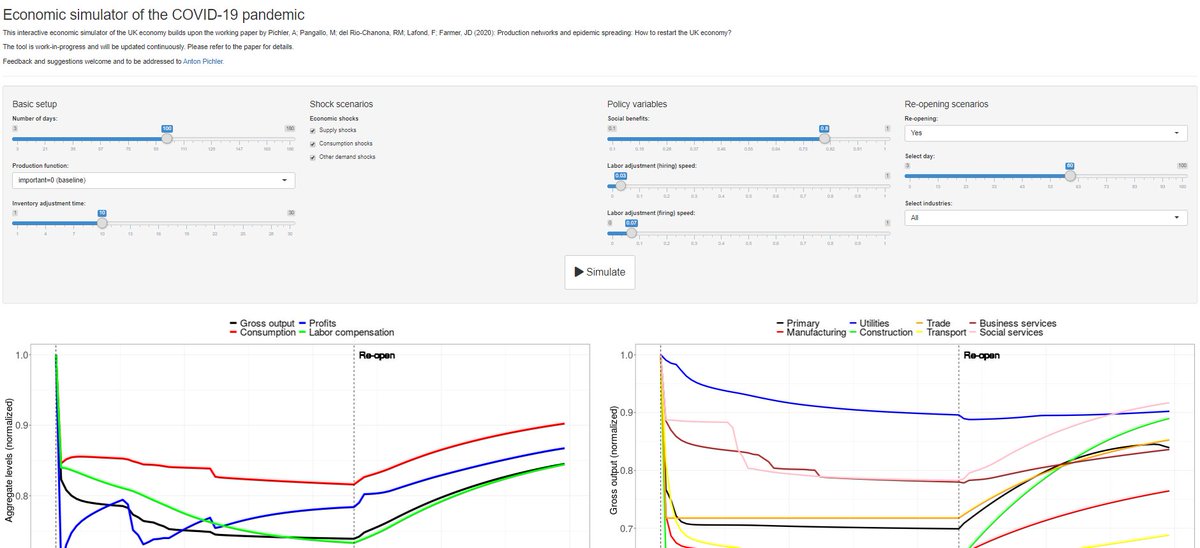










Keep Current with Marco Pangallo
This Thread may be Removed Anytime!
Twitter may remove this content at anytime, convert it as a PDF, save and print for later use!

1) Follow Thread Reader App on Twitter so you can easily mention us!
2) Go to a Twitter thread (series of Tweets by the same owner) and mention us with a keyword "unroll"
@threadreaderapp unroll
You can practice here first or read more on our help page!